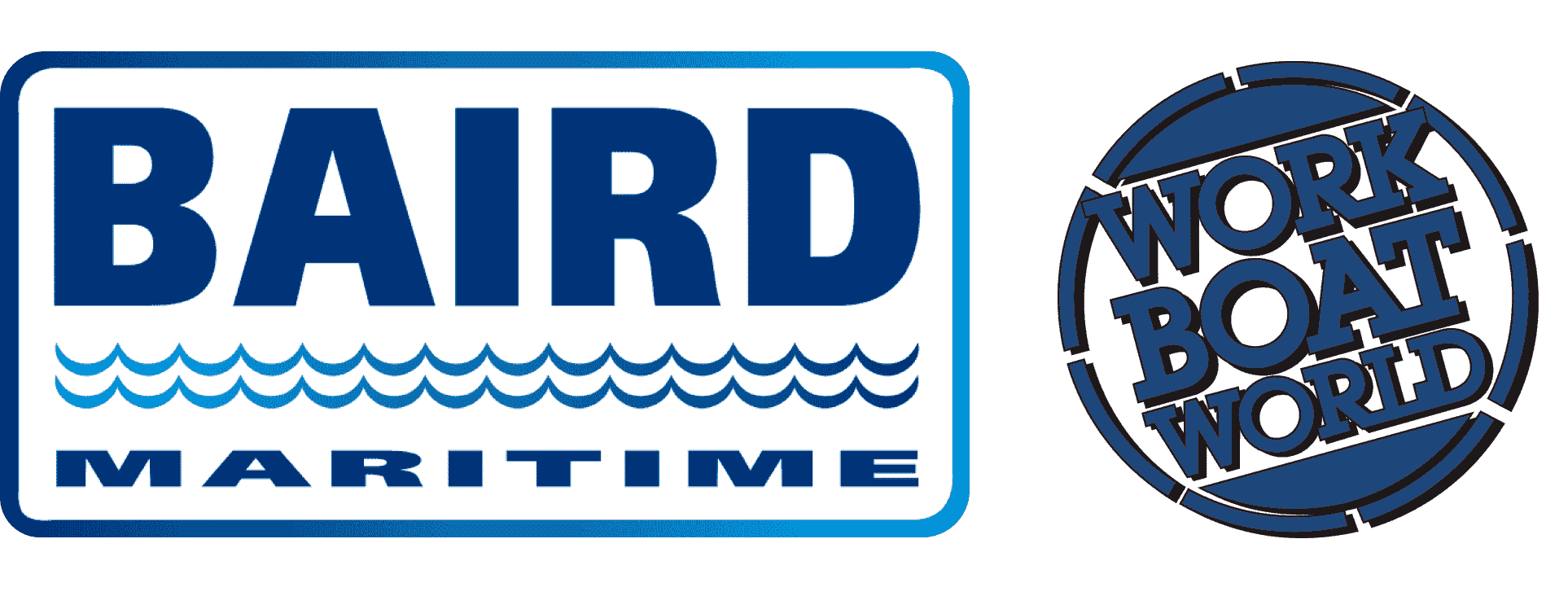COLUMN | What I learned at the 2019 Underwater Mining Conference [The Bow Wave]
For those who don't know of Sanya, it is a city on the South coast of the Chinese island of Hainan which sits at the northern end of the South China Sea, not far from Vietnam. Discussions on the growth of China over the past decade or so rarely make mention of Sanya, or indeed Hainan, except perhaps when asked "where in China do the Chinese go for holidays?"
Sanya is much like many Mediterranean tourist towns, with a population of under 700,000 that swells to several times its size when sun seeking tourists arrive from the northern parts of China and eastern Russia.
In late September the city hosted the 48th annual Underwater Mining Conference (UMC), jointly organised by the International Marine Minerals Society (IMMS) and the Chinese Institute of Deep-Sea Science and Engineering (IDSSE).
The talks this year focused less on the mineral extraction and more on the environmental impacts of said extraction, and what can be done to minimise it. Universities from both sides of the Atlantic presented papers on modelling the dispersion of sediment plumes and updates on techniques do minimise the size of the plume and where in the water column the plume will have the lowest impact.
For the minerals themselves the focus appears to be on nodules with representatives from the Cook Islands on hand to discuss the latest mining laws passed by the government. Given the glacial pace at which the International Seabed Authority (ISA) is moving with regards to permitting of mining leases (as opposed to granting exploration leases) it is seeming more and more likely that the first cobalt-manganese nodules will be mined from the waters of the Cook Islands rather than the high seas.
Several Chinese companies and organisations offered insight into their progress with exploring for subsea mineral resources as well as their efforts at developing equipment to harvest said minerals.
Whilst US President Trump might be agitating for China to lose its special "developing nation" status the country is taking advantage of the special benefits that are offered to nations with such a label. One area in particular that China is taking advantage of being defined by the United Nations as a developing nation is at the ISA where it is exempted from the burden that developed nation explorers must shoulder of surrendering 50 per cent of any proven mineral resource to a developing nation.
China has taken large mineral claims through the ISA in areas such as the Clarion Clipperton Zone (for manganese/cobalt nodules) and the South West Indian Ocean where it is exploring for Massive Sulphide deposits. The exploration programs are utilising large vessels with the latest equipment and are clearly well funded which means strong government support. No mention was made of any exploration programs in the South China Sea.
Former CEO of Rio Tinto and passionate advocate of the benefits of marine minerals, Tom Albanese, gave the final talk of the conference at the gala dinner where he discussed the challenges that the industry still needs to recognise and defeat before it can become a viable alternative to terrestrial mining. Chief among them is the need to address the costs of processing the minerals often thousands of kilometres away from where the mining occurs.
Following the talk, Professor Yang Ning of IDSSE was awarded the Moore Medal, only the 20th person to have received it in the 48 years that the UMC has been running. The Moore Medal is named after Professor J. Robert (Robby) Moore, a pioneer in the field of marine minerals and passionate advocate of bringing government, academia and business together to work towards making the industry a reality.
The next Underwater Mining Conference will be held in St Petersburg, Florida in the USA between September 27 and October 1 2020. More details can be found at www.underwatermining.org.


